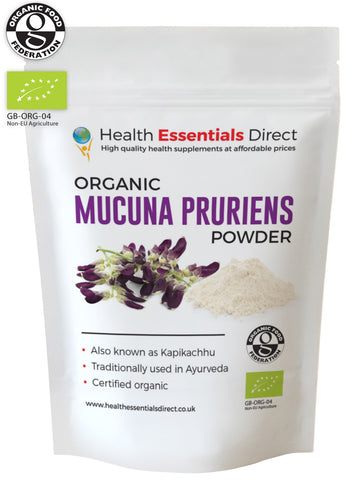Pine Pollen Powder, Cracked Cell Wall (Wild Harvested, Body Building)
Pine Pollen Powder - Cracked Cell Wall
-
Cracked Cell Wall for Superior Absorption
-
Superior Wild Harvested
-
100% Pine Pollen, Nothing Else Added
About Pine Pollen
Pine pollen powder is sourced from quite a number of species of pine trees. However, there are those which rank higher than others since they posess pine pollen of higher quality and condition. The species in context are Masson’s pine (Pinus massoniana), Chinese red pine (Pinus tabulaeformis) and Scots pine (Pinus sylvestris). Pine pollen is the male spore of the pine tree, which harbours both the male and female reproductive mediums on the same tree. From a close look, pine pollen is made up of microscopic grains that have a powdery feel when felt between fingers. The yellow matter is sticky and is found in plenty during the summer and spring seasons.
The reason why is it important to break the cell wall of pine pollen is to make it more digestible and bio-available. The starches and proteins present in the pin pollen become more soluble in water. The cell wall is broken at relatively low temperatures to avoid denaturing the phytochemical and hence keep the nutritive value intact. The cell wall is essentially meant to protect the elements present in pine pollen from oxidation and denaturation. However, while at it, they still make it impossible to benefit fully from the different components present in the pollen: enzymes, minerals and vitamins. Pine pollen is preferably harvested during springtime. During this time, the pollen has highest nutrient potency and efficiency. The best pine trees to harvest pollen from are those that are located at relatively high attitudes. The trees ought to be located in relatively remote areas where they grow naturally away from pesticides and herbicides.
- Please note it is against MHRA guidelines for us to talk about any potential health benefits for this supplement however a quick google search on the potential benefits and you may be surprised.







